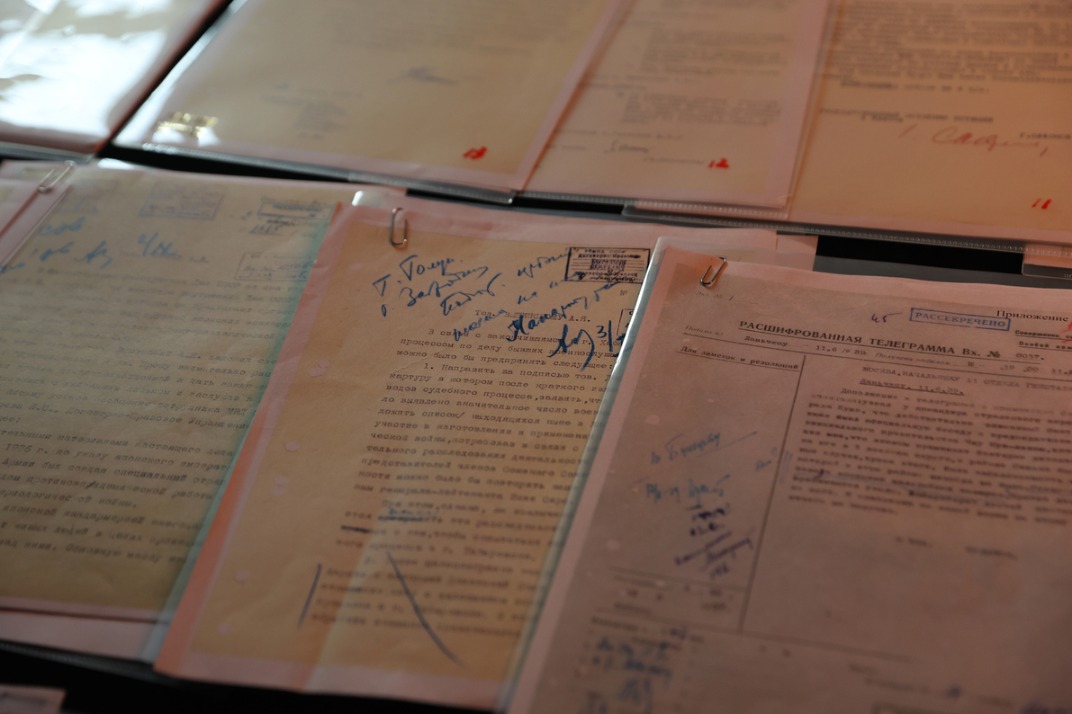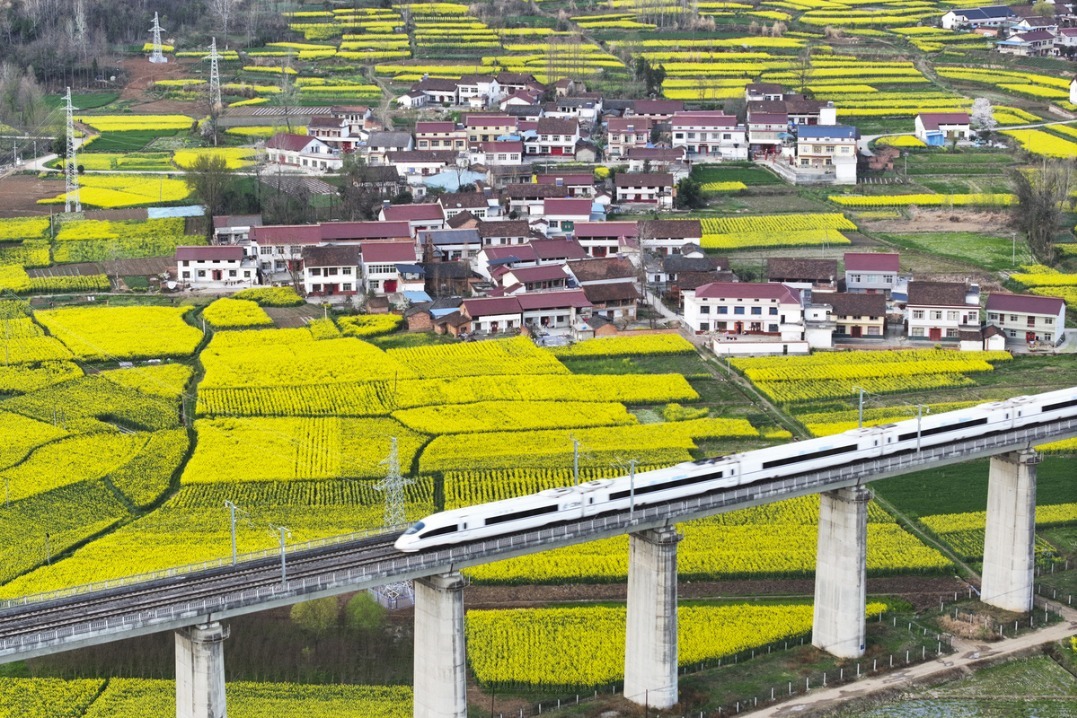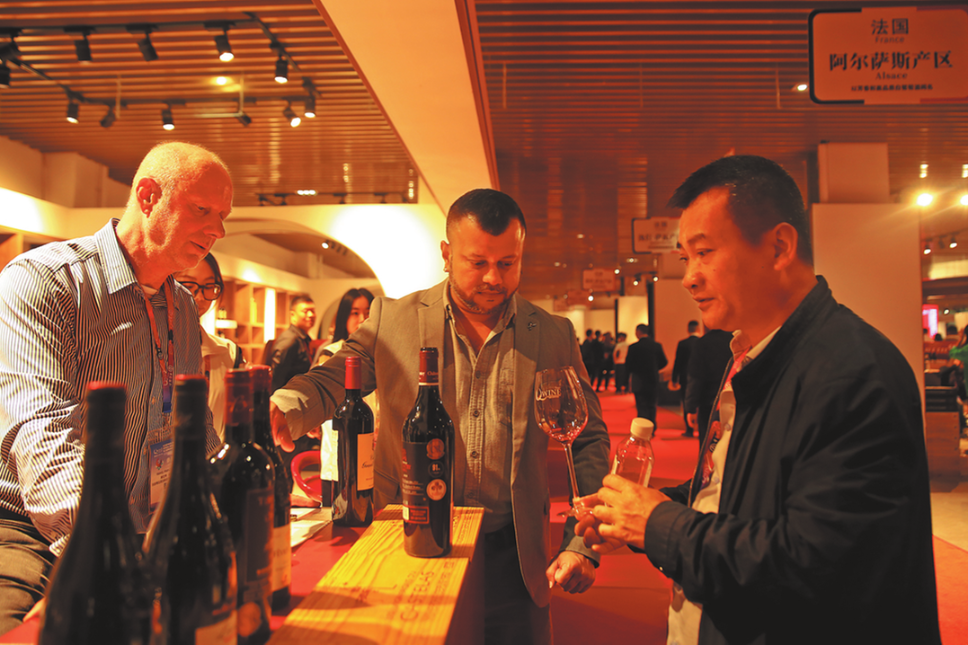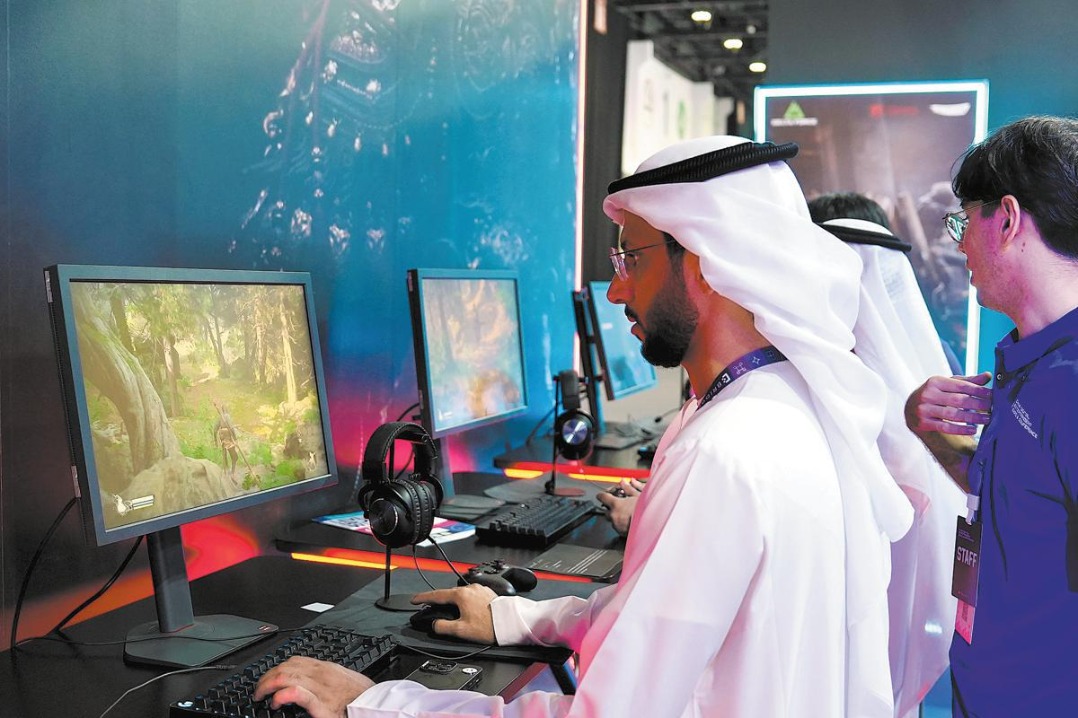US exhibition honors China's help to Jewish refugees
China Daily Global | Updated: 2022-08-24 10:31

LOS ANGELES-An exhibition in a Los Angeles museum focuses on a virtually unknown chapter in Shanghai's storied history and the Jewish diaspora, and explores the history of Jews in China.
"Hidden History: Recounting the Shanghai Jewish Story", which is on show from April to this weekend, is a must-see exhibit at Holocaust Museum LA.
Jordanna Gessler, vice-president of education and exhibits at the museum, explained in a recent interview how "Shanghai became an unlikely refuge for 20,000 Jewish refugees" who were able to find a safe haven in China, particularly during the perilous 1930s and 1940s when the Nazi regime was bent on their annihilation.
"We felt this was a part of history that needed to be uncovered, discussed and told," Gessler said. "Especially thinking about the history of the Holocaust and its important lessons and social relevance of today, where we still see identity-based violence and refugee crises around the world."
The museum website describes the never-before-seen exhibition as the exploration of "this multifaceted history of desperation, loss and asylum through survivor stories and the photographic lens of prominent American photojournalist Arthur Rothstein, who documented the Shanghai Jewish community in 1946 for the United Nations".
With most countries limiting or denying entry to Jews during the 1930s, the free port of Shanghai became an unexpected safe haven for Jews attempting to flee the anti-Semitic policies and identity-based violence in Nazi-controlled Europe. By the 1930s, Shanghai, the hub of China's international trade, was then the fourth-largest city in the world. What began as a trickle of approximately 1,500 Jewish refugees from Europe soon swelled, with numbers jumping to 17,000 by the end of 1938.
The exhibit honors this shared moment in history with emotionally gripping stories of survival and compelling displays of unique personal items of Shanghai's Jewish refugees-some well off and others penniless with only the shirts on their backs. Items include silver samovars, porcelain tea sets, exquisite porcelain dolls, prayer shawls and Tanakhs-all the paraphernalia and memorabilia of the refugees.
Passports, visas, military IDs and other identification papers are also on display that tell the tale of refugees forced from their homes.
Photographs of friends, families and classmates show heartwarming moments despite the difficult time. One photo shows a Jewish couple making soup on a stove, while another shows young Jewish people enjoying a day on a sandy beach in Harbin prior to the Japanese invasion.
Fight against 'forgetting'
"It's important for me to teach the young generation about the Holocaust," read a prominent quote on the wall by Jona Goldrich, Nazi concentration camp survivor and co-founder of Holocaust Museum LA. "The world wants us to forget the biggest horror mankind ever created, the murder of 6 million Jews by a country that was, at the time considered the most cultured and enlightened in the world. I am fighting against forgetting."
After the Japanese invasion of Manchuria and Shanghai, Japanese occupation forces bowed to pressure from their Nazi allies and rounded up Shanghai's Jews, forcing then into unsanitary, overcrowded slums.
"Living conditions in the ghetto were horrific; electricity, coal, and food were rationed and in short supply, malnutrition was common, and the overcrowded and unsanitary conditions led to rampant diseases like typhus," read an explanation of the exhibit.
"Despite different languages and traditions, the desperate circumstances and unknown fate of the refugees united them, and they formed kinship, working together to maintain human dignity."
Some Shanghai refugee alumni went on to be important figures, like Michael Medavoy, now a prominent Hollywood producer, who made it to the United States.
The items on display are mainly from the Holocaust Museum's own collection, while others are from the Skirball Cultural Center, Israel's Yad Vashem and the Arolsen Archives in Germany.
Xinhua
























